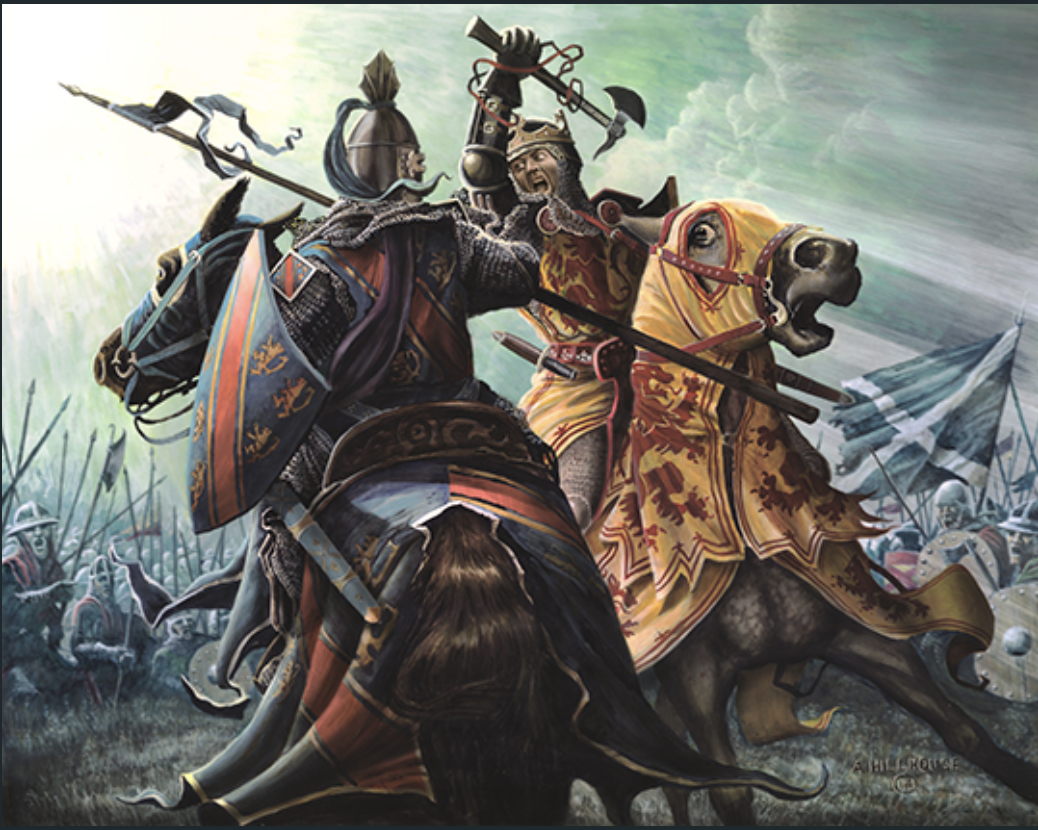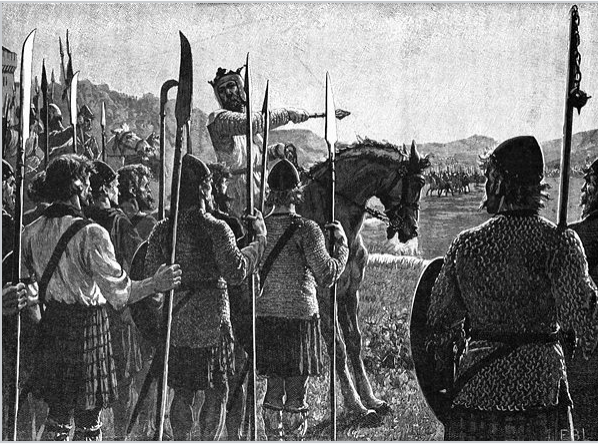
(click on heading to leave at bottom of page)
As I watch the political landscape evolve in the USA I am reminded of a saying that has stuck with me for many, many years: First-rate people hire first-rate people. Second-rate people hire third-rate people.
Great teams are built by pulling together people who have complementary skills; great teams are co-ordinated by a leader who embraces the fact that each of his or her team possesses greater knowledge and skill than he or she does in some aspect of getting the job done.
Poor teams have a leader at the helm who demands fealty (sometimes dressed up as ‘loyalty’), who ignores ideas from team members that do not agree with his concept of the ‘right’ way to do things, who gets rid of those whom he sees as a possible challenger, who instills fear rather than respect.
I am a student of medieval history (admittedly a poor one!) and it has occurred to me more than once that the Scottish Wars of Independence in the late14th and early 15th centuries provide a striking example of how such a team can make all the difference.
Scotland had been invaded and occupied by English forces under Edward I, forces that were reckoned to be the pre-eminent fighting force in Europe at the time. William Wallace of ‘Braveheart’ renown and Andrew Moray built a guerrilla army to fight back, culminating in the epic victory at Stirling Bridge. After Wallace was betrayed and murdered by Edward I, his mantle was assumed by Robert the Bruce, who seized the Scottish throne and proceeded to win back Scotland’s independence at the head of a team that out-thought and out-fought the vastly superior forces and wealth at England’s disposal.

Robert surrounded himself with men (& was supported by notable women, such as Black Agnes, the Countess of Dunbar) who brought individual skills, ingenuity and courage that allowed the Bruce to extend his reach through surrogates. Although recognised as a great leader (in his prime he was ranked with the Holy Roman Emperor Henry and Sir Giles D’Argentan as “one of the three most accomplished knights in Christendom”), the Bruce was wise enough to see that he alone could not win back Scotland’s freedom and as a result he consciously forged a team of men like Sir James Douglas, his brother Edward, Sir Neil Campbell, the Bishop of Glasgow, Robert Wishart, etc. who all brought different strengths to play and culminated in a famous victory at Bannockburn and the treaty of Northampton that recognised Scotland’s sovereignty.
Fast forward to today. While not as bloodthirsty (although the current US administration’s mishandling of COVID19 has needlessly killed many more than those who died at Stirling Bridge and Bannockburn combined), what I see in the USA as November 3rd rushes towards us is a second-rate person surrounded by third-rate people staring down defeat with bluster and fear-mongering, playing to stirred-up grievances with the same tired messages and methods. It is a classic case of inadequate leadership brought up short by circumstances. If President Trump had been a different person, a number 1 person, this need not have happened. But what I see instead is not only a third-rate team being browbeaten by a second-rate leader but a party that has lost its integrity too (with the honourable exception of Mitt Romney) – a case of mass cowering in front of a leader who has tried to rule by fear. And failed.
The results of November 3rd will be interesting to watch, as will the aftermath.
The post The Curse of Mediocrity first appeared on David Cairns of Finavon.